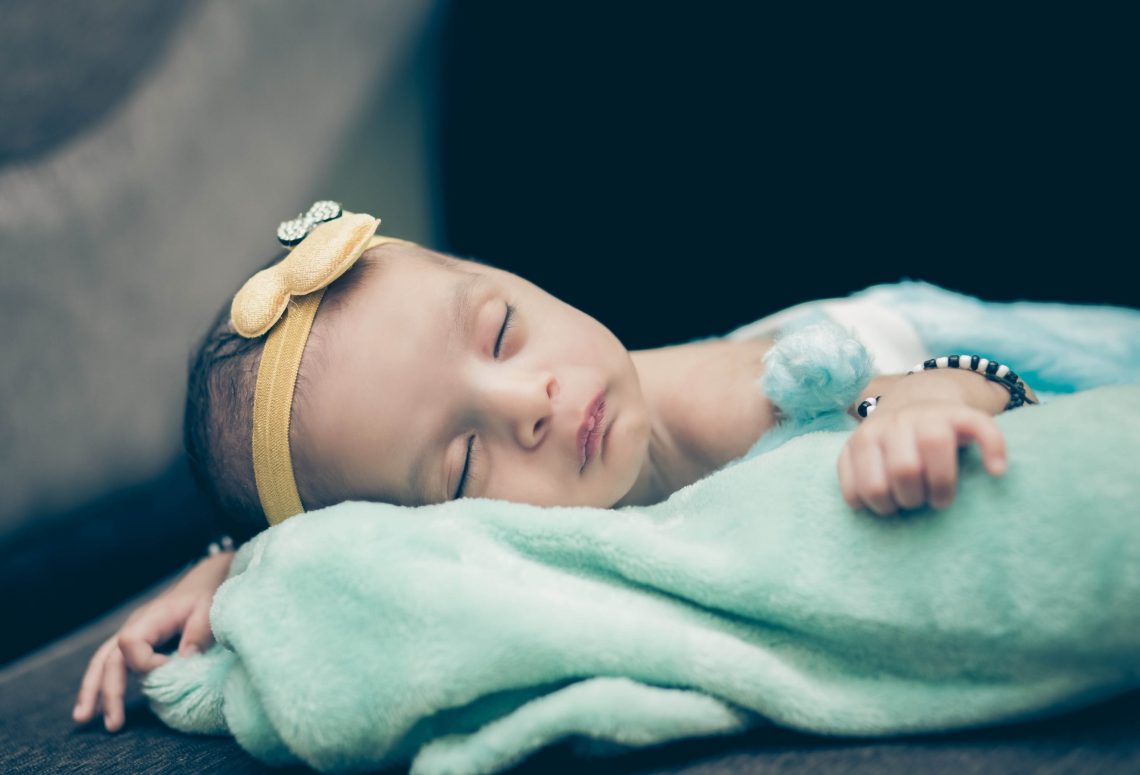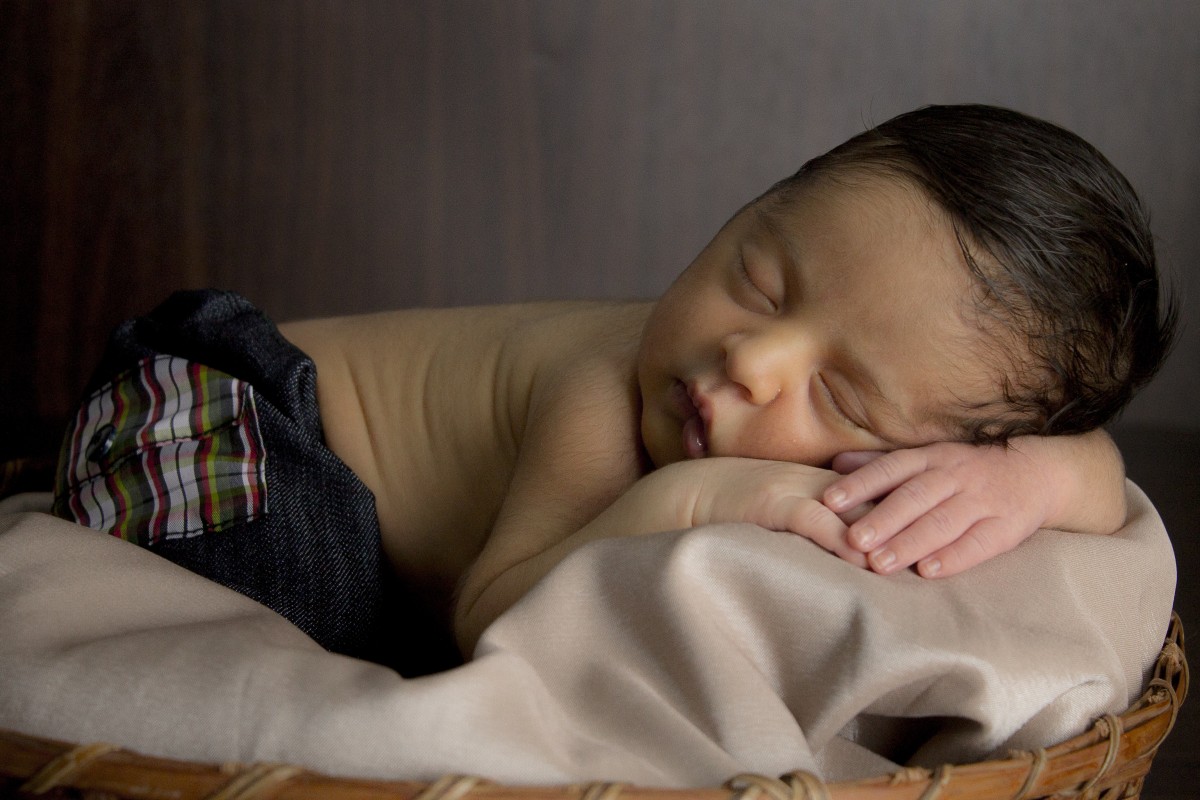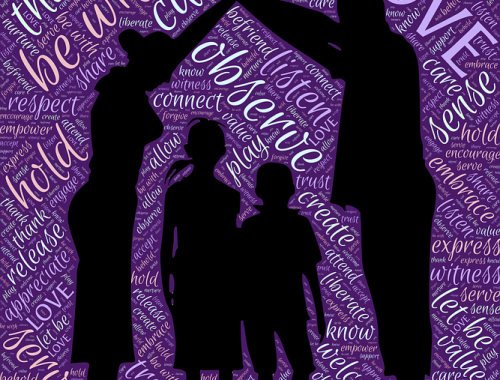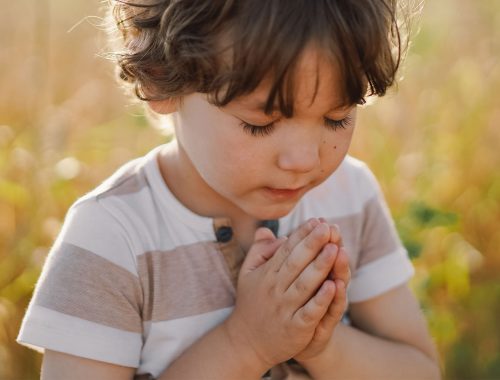
How to Get Baby to Sleep
How to Get Baby to Sleep
Summary
Step 1: Choosing a good bed for your baby
Step 2: Create a sleeping space for your baby to sleep well
Step 3: Make sure your baby is comfortable to sleep in
Like all parents, you have many questions. Finding the correct position for your baby to be comfortable and fall asleep safely is difficult. Should you place your baby on his back, stomach, or side? How do you find the right mattress to get your child a good night’s sleep? Here’s how to put your baby to sleep.
1. Choose a good bed for your baby
For your baby to rest peacefully, you must choose a suitable bassinet, crib, bed, and mattress.
The bassinet
During the first year, your baby will spend many hours sleeping. It would help to choose a bed appropriate for your child’s age. From birth to 6 months of age, choose a small bed. This will make your child feel secure and snug in a crib or bassinet.
When buying a bassinet:
check that it has a rigid bottom;
choose one with a handle to facilitate transport.
The Cradle
Your baby is growing and needs more space. A cradle can take over after a few months. It has the advantage of being able to rock your child to sleep.
When buying a crib:
check that it meets current French standards with the NF logo and that the bottom is flat and rigid;
choose one with solid legs;
check that the bars are less than 7 cm apart.
The bed with bars
The bed with bars can also be used for a child up to the age of 3 years. This type of bed generally has standard dimensions: 60 x 120 cm. Some convertible beds can be adapted to your child’s size, but you should expect a larger budget as they are generally more expensive to purchase.
When buying a crib:
make sure it meets current French standards with the NF logo;
choose one with bars at least 60 cm high.
The auxiliary bed
The folding bed is light, compact, and easily transportable, thanks to its quick folding. It can be used from birth to 3 years of age. When you travel, it is also practical to have a folding or extra bed where your baby can take a nap during the day and sleep at night.
Please note: reserve its use for exceptional events (vacations, trips…). Your child will not be able to sleep every day in this bed, which does not offer the same comfort as a cot or a bassinet.
The mattress

For your child to fall asleep quickly, choose a reasonably firm mattress. Support is essential, especially for younger children, and is measured in kg/m3. The higher the density, the less the mattress will sag.
It is also essential that your baby’s mattress is healthy and breathable. Prefer natural materials such as wool, coconut fiber, or natural latex that regulate the temperature each season and prevent allergies. Some offer a winter side in wool and a summer side in cotton.
Antibacterial and anti-mite treatment is highly recommended. The words “conforms to safety requirements” must appear on the mattress.
Necessary: The mattress must fit perfectly into the bed to prevent your baby from getting his fingers stuck. For hygienic reasons, it is recommended to choose a new mattress. Once you have purchased the mattress, remove the plastic packaging and cover it with a protective cover.
2. Create a sleeping space for a baby to sleep well
The sleeping space is also significant in getting a baby to sleep well.
Reassuring objects
To reassure your child, particular objects such as mobiles and nightlights make it easier for him to sleep. It would help if you used cuddly toys sparingly as they encourage the development of dust mites.
It’s best to keep these objects in bed so that the bed remains a place for sleep, not play.
The location of the bed
Place the bed in a room away from natural light. You can keep a nightlight near your child’s bed. To help your child distinguish between day and night, you can have your child nap in a room with natural light and put your baby to bed in complete darkness at night.
To reassure your child during the first few months, you can put him/her to bed near your room or in the same room. This will also make it easier to take care of your baby during the night when he or she wakes up.
Note: Some cribs can be attached directly to the parent’s bed for the first few months. This cradle avoids the parents getting up several times during the night and favors proximity when the baby falls asleep.
The temperature of the room
There is a common misconception that your baby does not need a higher temperature to feel comfortable. The temperature in your child’s room should not exceed 19°C. Be sure to air out his room every day.
Note: Temperature sensors can help you maintain a healthy temperature in your baby’s room by emitting an audible signal. It’s beneficial if the room is poorly oriented. You can also use it on long car trips, for example.
3. Make sure your baby is comfortable to sleep in
To ensure your baby has a good night’s sleep, ensure he or she is comfortable in his or her clothes, not too hot or too cold, and well-positioned.
Dress your baby for bed
For your child to fall asleep peacefully and have a good night’s sleep, he must not be too hot or cold. So make sure you choose the right clothes for your baby, depending on the room’s temperature. For an ideal temperature of 19°C, a cotton bodysuit, a romper, or a sleeping bag may be enough.
In winter, if it’s colder in the room, a warm long-sleeved bodysuit, thick pajamas, or a long-sleeved sleeping bag may be more appropriate. Be careful not to overdress your child and avoid unnecessary layers of clothing that can disturb his sleep.
Position your baby for bedtime
It’s best to put your baby to sleep on his or her back. This allows your child to have a clear nose and mouth. He breathes better and does not risk choking due to regurgitation. In case of illness (bronchiolitis or fever), breathing is improved, and the temperature is better regulated.
Please note: the prone position is nowadays decried by experts who denounce the difficulty for the child to breathe during sleep. On the other hand, the side position is not evident for an infant who risks being on his stomach during the night.
You May Also Like

4 Ways to Protect Children From Conflict
2022-06-13
Prayer Lessons: Teaching Kids To Pray (Part 3)
2022-04-07

